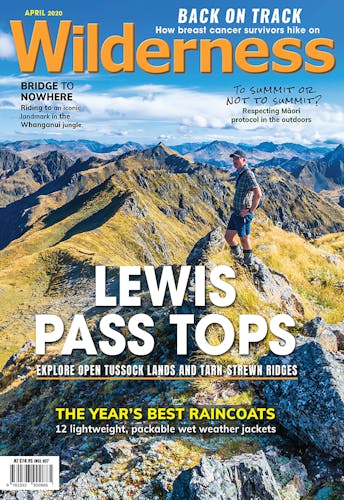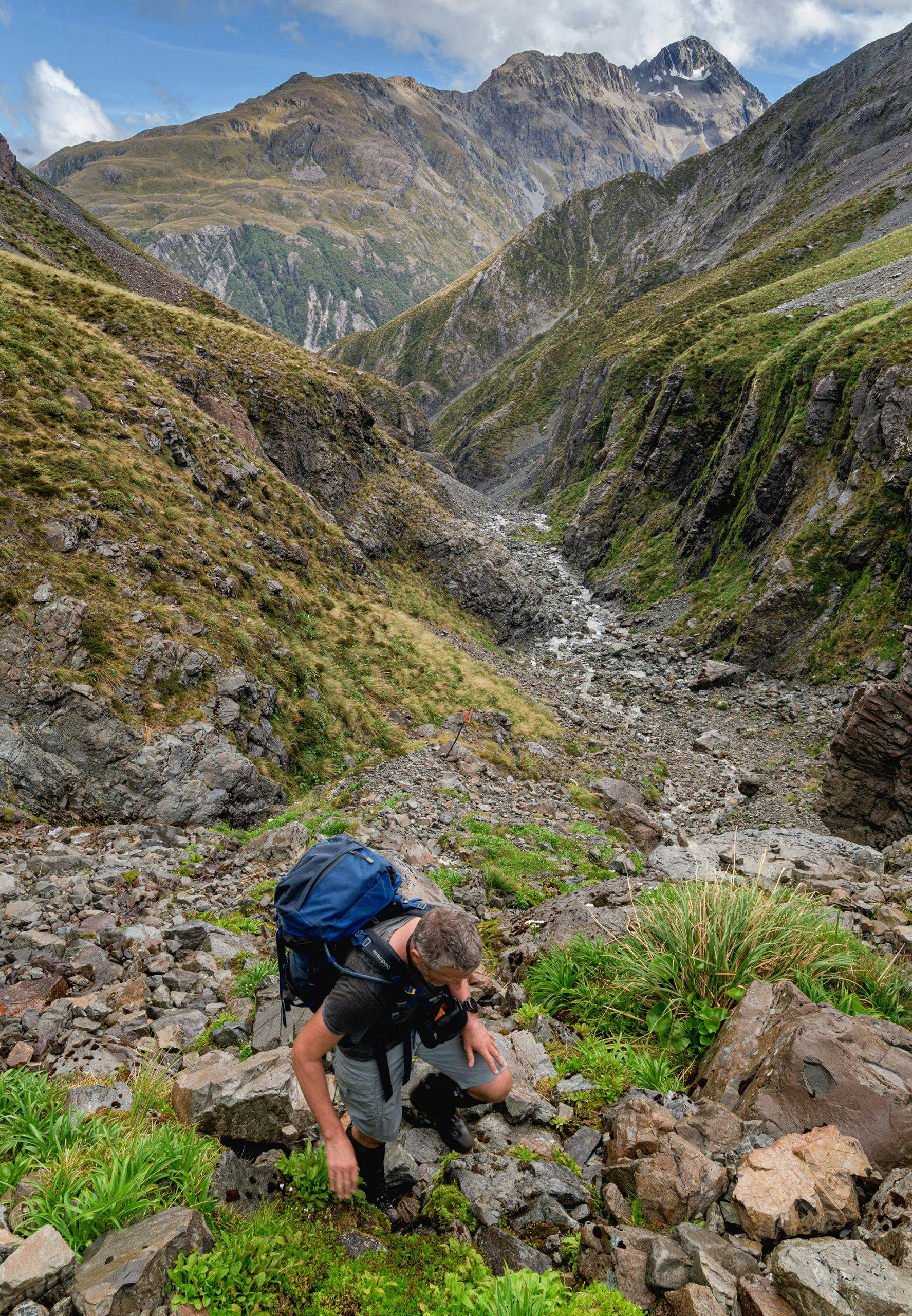Visit more places named after this pioneering Canterbury family.
Arthur Harper, often known as ‘A. P. H.’, played an important role in the development of outdoor recreation in New Zealand. Harper was born into a significant family of Canterbury settlers, and his father, Leonard Harper, became the first Pākehā to cross the Southern Alps from coast-to-coast in 1857.
Arthur took up his father’s mantle by climbing mountains, making several ascents in Canterbury and participating in early attempts to climb Aoraki/Mt Cook. However, he often struggled to find companions and bemoaned the fact that many of his generation had little of their forebears’ pioneering spirit, preferring instead the ‘fleshpots’ of civilization.
Once, at a Christ’s College reunion, one old boy poked fun at anyone who thought ‘humping heavy swags’ was fun when they could play rugby instead. Harper replied that mountaineering made at least as much sense as ‘chasing a piece of leather, with air inside it, round a paddock, and having half a dozen men sitting on one’s head in the mud’. Touché.
Partly for this reason, he co-founded the New Zealand Alpine Club in 1891. While this was an important milestone, it was unfortunately modelled on the English Alpine Club, including its rather restricted requirements for membership and stuffy ideas about class.
A family financial scandal saw Arthur retreat to the West Coast, where he famously teamed up with explorer Charlie Douglas. Harper traversed several of the region’s most difficult valleys, notably the Karangarua, Cook and Landsborough, out of which came his 1896 book Pioneer Work in the Alps of New Zealand, rightly considered a classic.
Later in life, Harper embraced the more egalitarian ethos of the newly-formed tramping clubs and gave his blessing for reform in the New Zealand Alpine Club, notably the establishment of sections and more open membership. This revived the club, which has gone from strength-to-strength ever since. Then, in 1931, Harper teamed up with Tararua Tramping Club founder Fred Vosseler to form the Federated Mountain Clubs.
Little wonder Harper’s significant achievements, and those of his father, are remembered by some notable landmarks in the mountains. Here are four.
1. Harper Pass, Lake Sumner Forest Park
Four Māori guided Leonard Harper (Arthur’s father) and his companion Edwin Lock over this low pass in 1857. Connecting the Hurunui and Taramakau valleys, it became, briefly, the most travelled route over the Alps after gold was discovered on the West Coast in the mid-1860s. However, it was soon eclipsed by the more direct Arthur’s Pass.
Nevertheless, Harper Pass continues to attract trampers, especially now that it forms part of the Te Araroa Trail. A tramp over the pass takes 3-5 days.
2. Mt Harper, Arthur’s Pass National Park
Mt Harper is the major peak seen when looking up the Waimakariri Valley from the Bealey Road Bridge on the Arthur’s Pass highway. At 2220m, it is one of the higher peaks in Arthur’s Pass National Park and is named after Arthur Harper. Climbers most often tackle it from Barker Hut, although there is a nice route to the summit over Camp Spur, accessible from Carrington Hut.
3. Harper Saddle, Aoraki/Mt Cook National Park
Harper Saddle is also named after Arthur Harper, who was first to reach it on a mountaineering trip in 1890. Situated beneath Mt Hicks, the high alpine saddle (2585m) divides the upper Hooker Glacier in the east from the La Perouse Glacier in the west. Empress Hut has a spectacular view of it. Glacier recession and increasingly unstable moraine walls have made access up the Hooker increasingly difficult over the last two decades, but determined mountaineers still use the saddle.
4. Harper Bluff and Flat,West Coast
Harper passed this way on his epic 19-week trip through the Karangarua and Landsborough Valleys in 1894–5. Trampers travelling downstream from the hut at Creswicke Flat must either ford the Landsborough River or climb over Harper Bluff to reach the easier terrain of Harper Flat. This involves a steep ascent through forest, but is not overly difficult if you pick the right route.








